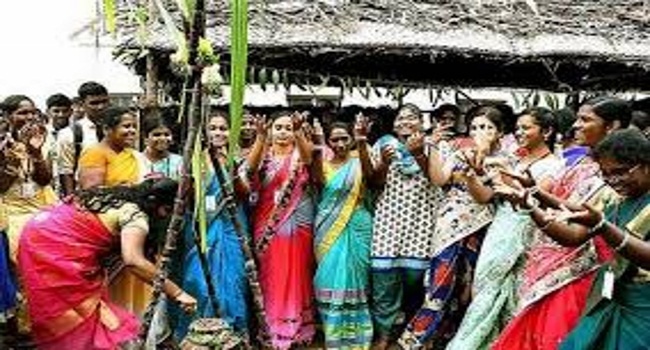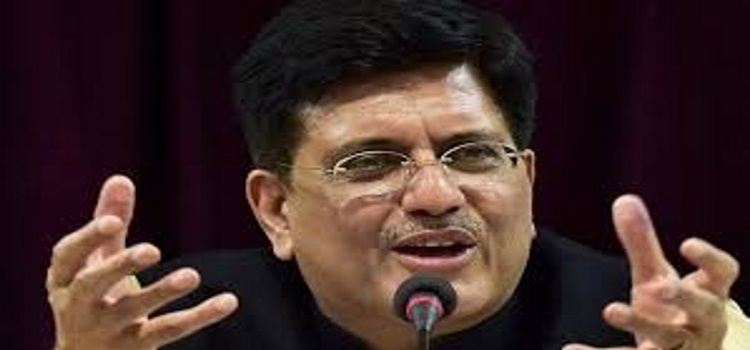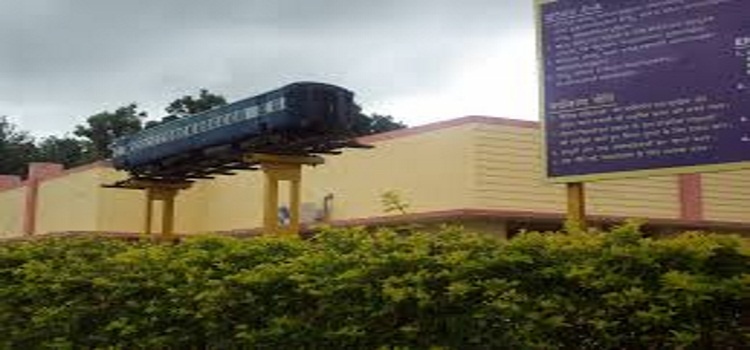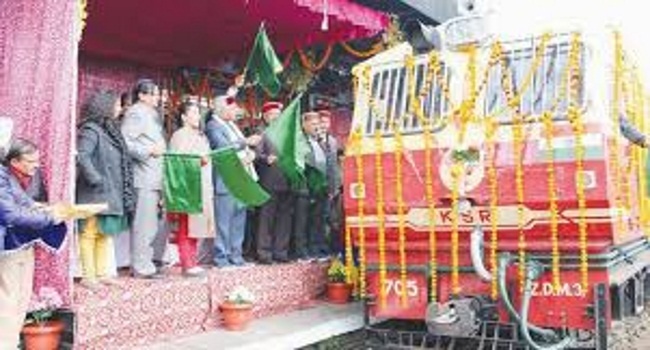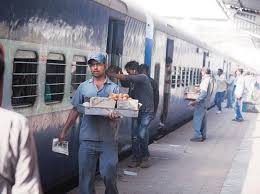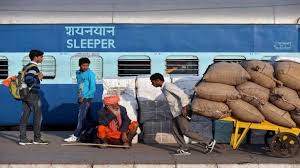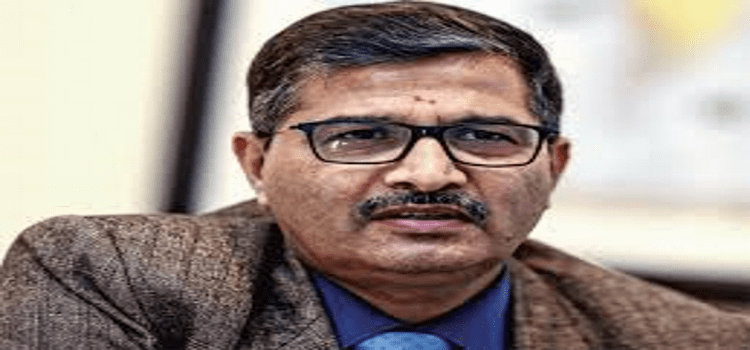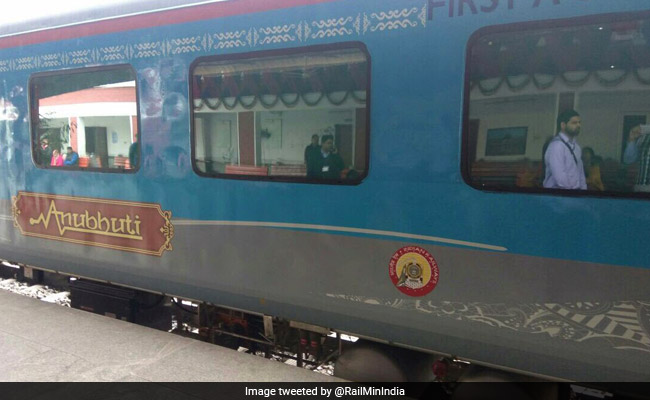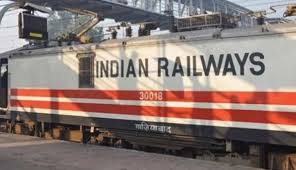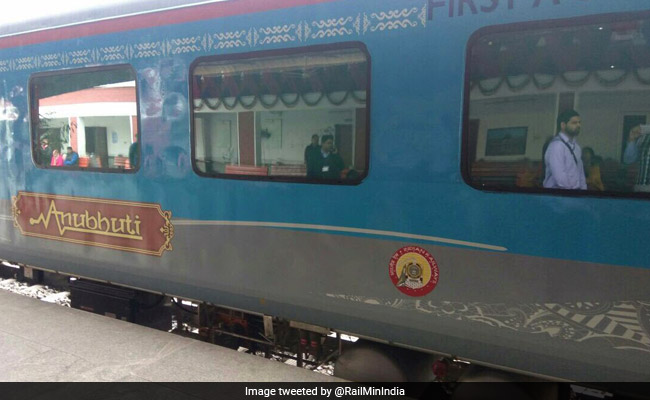
The Indian Railways has introduced upgraded ‘Anubhuti’ coaches on its Chennai-Mysuru Shatabdi Express. The Southern Railway – which caters to one of the zones under the Indian Railways – will introduce Anubhuti coaches on the Chennai Central-Mysuru-Chennai Central Shatabdi Express sector from Friday, January 12, 2018, according to a press release dated January 11, 2018. The Southern Railway termed the move as a “Pongal Gift” to its passengers. Bookings for journey on the Chennai Central-Mysuru Shatabdi Express trains with the Anubhuti coaches – fitted with improved interiors and a GPS-based passenger system, among other features – are open, the Southern Railway said.
Here are 10 things to know about the Anubhuti coaches, introduced on the Chennai Central-Mysuru-Chennai Central Shatabdi Express:
1. Trains 12007 and 12008 of the Chennai Central-Mysuru-Chennai Central Shatabdi Express service will be augmented by an ‘Anubhuti’ coach from Friday, January 12, 2018, according to the press release.
2. The ‘Anubhuti’ coaches are fitted with improved interiors, ergonomically designed seats and improved modular toilets with hands-free taps.
3. Overhead reading lights are provided for every seat and the coach has diffused LED lighting, the Southern Railway said.
4. Besides, the coaches have a GPS-based passenger system and a special exterior painting with anti-graffiti coating.
5. The fare for travel by ‘Anubhuti’ coach is fixed at 1.2 times of the Executive Class fare of Shatabdi trains.
6. Other charges such as reservation fee, superfast surcharge, GST, etc. as applicable will be levied separately.
7. Normal rules pertaining to Child Fare will apply, according to the Southern Railway.
8. Concessional tickets and free complimentary passes which are not fully reimbursed will not be allowed, it noted.
10. “Normal Cancellation and Refund Rules shall apply,” the Southern Railway added.

